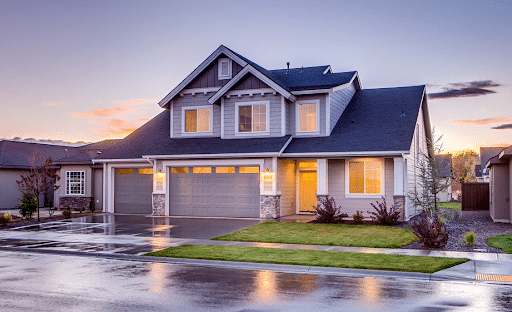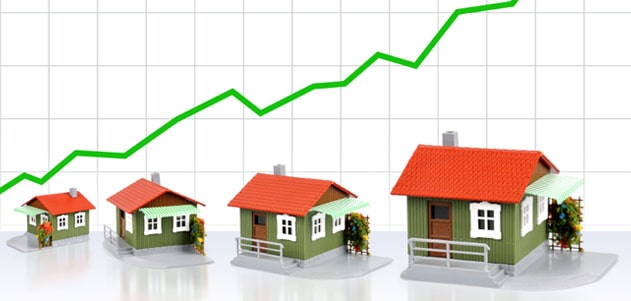
Housing Trends in Texas A Complete Overview
With a state of more than 28 million people, The Lone Star State is the most populated state in the US. An enormous populace carries with it numerous land speculation openings. So it’s normal for property investors from across the US to show enthusiasm for Texas. I will talk about the most recent land market and housing trend in Texas. I will discuss how they can influence the investors and home purchasers in the last 40% of 2020. This housing market has been affected by the pandemic and dropping oil costs which prompted a decrease in home deals. Nonetheless, the economic situations are giving a few indications of progress because of developing home buyer interest.
Housing Trends in Texas
With so much happening across the country, you may be thinking about how the current pandemic is affecting land patterns. All things considered, shockingly, median home costs are generally around $320,000! Will the remainder of 2020 bring business as usual? In what manner will the lodging market shake out in the current financial atmosphere? Regardless of whether you’re selling, purchasing or waiting, here are the 2020 housing trends you have to know!
Rise in home prices:
Let’s start with home price trends. In April 2020, home prices developed by a minuscule 0.6% contrasted with a year ago down from the almost 4% increased rate in March. This more slow development trend is likely because of the insanity of the COVID-19 and market instability.
In any case, inside the third week of July, home prices moved their way back up to a 3% increased rate nearly to Pre-COVID levels. So it is quite possibly that home prices may be recovering some momentum. If you’re going to purchase a home in this costly market, you should find out how much house you can truly afford. Commit to remaining inside that spending amount.
Try not to race into a home purchase that doesn’t bode well for you regardless of how much weight you feel watching contenders pluck great homes off the market. You could hurt your finances. A initial down payment that is under 10–20% could choke your budget with higher monthly payments.
You may be shocked at the pearl you can discover in a less desired neighborhood. Working with a Realtor who truly knows the market is the most ideal approach to locate a home that accommodates your budget and way of life.
For Any Help Related to Real Estate : Contact Me
Shortage of inventory:
In the start of year 2020, there was a development of inventory around the U.S. The quantity of accessible homes available to be purchased expanded rapidly. But due to COVID-19 virus and home loan rates diminishing in the spring, inventory began to shrivel. This trend will continue in 2020. Despite the fact that there are upgrades with new development, the coming year will see an absence of development in accessible inventory.
Rental Housing Trends:
The average rent for an apartment in Texas is $1,118, a 2% increase compared to the previous year, according to Rent Cafe. The average size for a Houston, TX apartment is 880 square feet. Among these studio apartments are the smallest and most affordable. 1-bedroom apartments are closer to the average, while 2-bedroom apartments and 3-bedroom apartments offer more generous square footage. According to Rent Jungle, as of June 2020, the average rent for an apartment in Houston, TX is $1379. It is a 6.16% increase from last year.
High Property Taxes:
Texas has the third-highest property tax rate in the US at 1.86%. Accordingly, while thinking about where to put resources into Texas land in 2020, Texas land investors ought to know about every area’s property taxes. Financial specialists in the Texas land market pay an average of $2,275 every year on a property with a median price of $125,800.
Mortgage Interest Rates:
Mortgage interest rates have been trending down even before the pandemic. In May, the normal interest rate for a traditional 15-year fixed-rate mortgage dropped to 2.69% the lowest it’s been in more than seven years. Economist experts think interest rates will keep on remaining low until the economy is near ordinary once more. In any case, interest rates likely won’t go so low as to wind up in a negative situation since lenders, despite everything, have appeal from current property holders to refinance their mortgages at lower rates.
Buyers seeking affordability:
Although one of the Housing trends of the most recent decade has been for more youthful individuals to live in urban centers. Now this trend is starting to change. More youthful purchasers are exchanging the accommodation of downtown living and moving outside of the urban center. This is as a rule to a great extent driven by moderateness. Huge urban areas like New York, Texas and San Francisco are seeing purchasers moving to average size urban communities. This is due to that land is more attractively priced.











